Recommended Posts
fcajump 164
Also consider that, if I recall physics correctly, true airspeed increases with altitude and that while force on the canopy increases linearly with weight, it increases exponentially with speed.
JW
Now PD can say even when blown it will bring you in safely. LOL
Glad all ended well.
dorbie 0
Two adjacent central ribs were torn from the bottom skin if not all the way back then VERY deep.
The jumper had a bloody lip and developing bruise on his neck from the deployment.
......................................................................
Agreed!
Video footage of test jumps (eg. Para-Flite EOS) and intentional cutaways prove that the best position to launch a reserve pilot chute is head-high, a half second after cutting away.
Wind up the spine clears the pilot chute - off your back - the quickest. -------------------------------------
-----------------------------------------------------------
Then why is the procedure to arch when you cut away? Arch with you knees up? Hasn't there been a few fatalities recently that involved pilot chute hesitation on a reserve?
Thanks if anyone can answer
QuoteAgreed!
Video footage of test jumps (eg. Para-Flite EOS) and intentional cutaways prove that the best position to launch a reserve pilot chute is head-high, a half second after cutting away.
Wind up the spine clears the pilot chute - off your back - the quickest.
This may be true, but this type of advice needs to be given carefully.
Case in point is the post directly above this one. That guy is still a student with 5 jumps. He reads this, and thinks that surely this is the way to go because by all means the last thing you want is a PC hesitation on your reserve.
Howvever, I would suggest that this is the wrong impression to give newer jumpers. First of all, it introduces another 'step' to the reserve deployment process. We've all heard about the guys who take the time to 'get stable' after a cutaway, and sometimes they burn a lot of altitude in the process. Now imagine that they then have to set themselves up head high before pulling silver.
Even jumpers with an RSL, in the case of an RSL failure, or a total mal on the main, in both cases they will be in freefall needing to pull silver.
The other problem is that, much like pulling a left side chest-mounted ripcord, most jumpers have no experience adjusting their pitch attitude before or during the pull sequence. Is this really the time to be 'experimenting' with a new procedure?
The real answer is this - respect your hard deck, and in doing so you will give yourself plenty of altitude for a cutaway and reserve deployment, including a PC hesitation, all before your AAD starts paying attention.
In the event of a PC hesitation, the correct procedure is to look over one shoulder as if you were looking at a PC in tow. When you twist your body to make this check, it will allow the wind to flow across your back and catch the PC. Maintain your arch through the entire process.
Every incident where a PC hesitation has been suspect as factor involved a very low reserve deployment, or an AAD fire (which in itself is a very low reserve deployment). In all of those cases, if the reserve pull was initiated at a higher altitude, a PC hesitation would have been a non-issue.
If you feel like pulling head high is important to you, then you need to practice this skill during your main canopy deployment for a good number of jumps before attempting it on a reserve pull. You should probably do it enough times that you screw it up at least once, and manage to string together a good number of successful attempts.
Making a mistake in this area is a very serious problem. If you back loop your self into your deploying reserve/PC/freebag, you will be creating far more problems than you think you are solving.
Respect your hard deck, and deploy the canopy you intend to land at a high enough altitude to allow for deployment, and for you to make a safe landing.
jimmytavino 16
way to go tbrown, for being super observant, seeing and recognizing the issue, and selflessly staying WITH the jumper, to render aid, if needed...
What was the experience level of the man.??
had he ever had a reserve deployment, prior to this?
As noted,, there is a VERY good likelihood that he was head down, as the reserve deployed...
You have described a nearly identical situation, which i experienced 3 years ago...though i was wearing a jumpsuit for RW,, ( thankfully NO cameras).... and the reserve suffered no damage...
but....
i had made 2 tries for my main PC handle and came up empty.. both times![]()
![]() .. after hanging around at the end of a 6 way... to do a 2 way... with a pal....
.. after hanging around at the end of a 6 way... to do a 2 way... with a pal....![]()
![]()
![]()
(was coming off an injury, and had waaay less reach, than i expected...)
i thought to myself... " well enough of THIS, I'm AAD equipped",,, and found my reserve handle left handed and yanked it.....soas to beat the cutter, to the punch...
Well yank.. was the operative word..![]()
![]() .. and I had to be tipping head to earth,, cause i ate, just ATE, my cheststrap..... it smashed me in the nose, and made it clear to me.... that "freefall was over"... I looked real hard at the canopy.. to be SURE that nothing "broke"...
.. and I had to be tipping head to earth,, cause i ate, just ATE, my cheststrap..... it smashed me in the nose, and made it clear to me.... that "freefall was over"... I looked real hard at the canopy.. to be SURE that nothing "broke"...
good thing i was jumping a 225 ft. reserve...i had a second rig at the time with a 175..... and it's to my good fortune, that THAT rig was not used....
In fact, after pondering the point you are making... it could be time to sell that Swift+ 175.. ( purchased New, Never deployed) altogether.....it's perfectly solid for others,, but i've added a pound or two, over time...![]()
i too have the aerodynamics of a concrete block ( but a concrete block that CAN fly ) ![]()
![]() and so choices i have made about gear and camerasuit wings, jumpsuits etc.... have been based on that...
and so choices i have made about gear and camerasuit wings, jumpsuits etc.... have been based on that...
Bigger is often better,,, in many situations and in my case Does,, apply to my canopies....
i marvel at some of the small SMALL sport rigs that i sometimes see...![]()
"upsize , downsize, let's just stick with the right size" and if unsure , let's try to err on the side of caution....
edited to add.... Did you find the freebag???, did he keep or toss the handle... That can vary, based on whether it's the first reserve ride or the fifth...
good post
jmy
A 3914
D 12122
hackish 8
-Michael
billvon 3,116
>give insight into the cause of the failure.
You'd have to be head down for several seconds at least to see that sort of increase in speed. The bobble that most people go through at pull time does not change your speed, even if you go nearly head down. (I've been very close to students who do that, and have no problem staying with them.)
However, the position at opening time definitely does affect your openings.
erdnarob 1
I had two totals malfunctions and had to use my PD 160 reserve without any problem. Opening was super soft, on heading. I cannot dream of a better reserve. And I am a quite heavy guy. Are you sure you have deployed in a stable position ? Reserve are way stronger than the maximum speed and weight indicated by the manufacturer. Check the TSO requirements to get the right figures. The manufacturer has to put a limit a bit like the road speed limit of 65 MPH. Liability. That doesn't mean we have to exagerate. But driving at 70 when traffic is light is OK.![]()


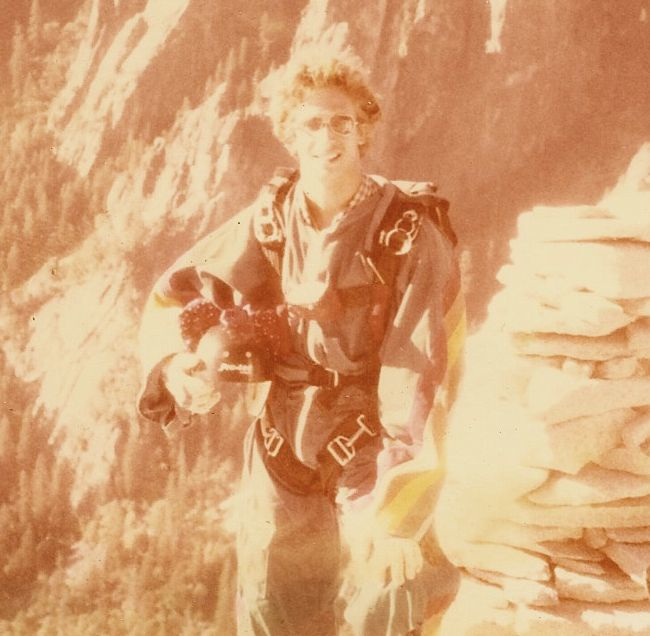
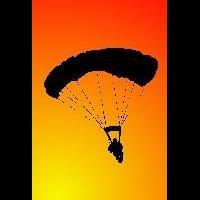
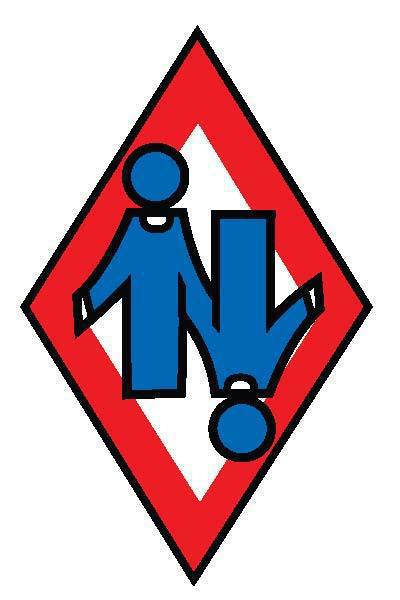
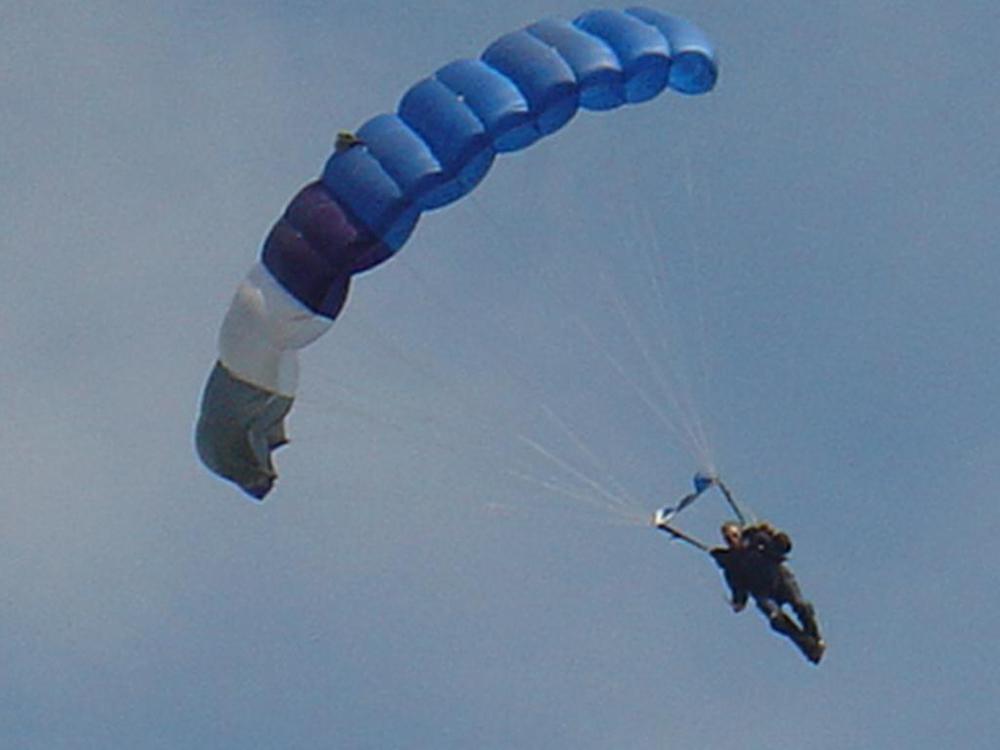
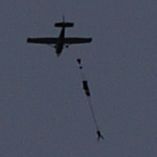
.thumb.jpg.4bb795e2eaf21b8b300039a5e1ec7f92.jpg)
......................................................................
Agreed!
Video footage of test jumps (eg. Para-Flite EOS) and intentional cutaways prove that the best position to launch a reserve pilot chute is head-high, a half second after cutting away.
Wind up the spine clears the pilot chute - off your back - the quickest.
Share this post
Link to post
Share on other sites